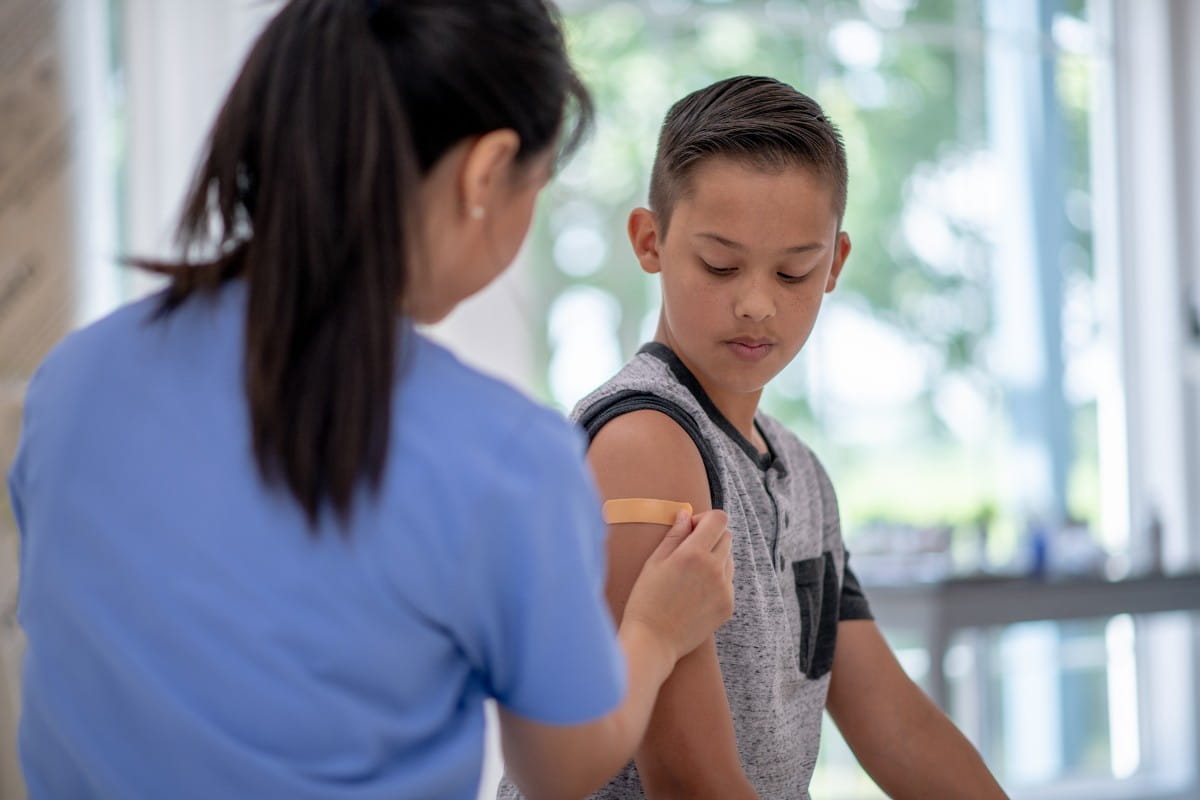Having prediabetes means your body’s blood sugar levels are higher than normal – but not high enough yet to meet the threshold for a diagnosis of type 2 diabetes.
Prediabetes is very common. According to the Centers for Disease Control and Prevention, more than 88 million Americans – more than 1 in 3 U.S. adults – have prediabetes. The vast majority, more than 80%, are unaware of their condition.
While it is concerning to be diagnosed with prediabetes, it is important to remember that not everyone with prediabetes will develop type 2 diabetes. For many people it can serve as the needed push to make important lifestyle changes.
“A prediabetes diagnosis can be a sign that it’s time to take active steps to improve your health,” says Joel Mabalot, M.D., an endocrinologist with Riverside Medical Group. “With improved diet and exercise, it’s possible to lower your blood sugar levels and prevent prediabetes from ever becoming more serious.”
Understanding prediabetes
As with diabetes, prediabetes occurs when your body’s insulin fails to regulate and maintain normal blood sugar levels. Having prediabetes can put you at higher risk of developing type 2 diabetes as well as heart disease and stroke.
Risk factors for prediabetes
You may be at increased risk for developing prediabetes if you:
- Are overweight
- Are over age 45
- Have a family member with prediabetes or type 2 diabetes
- Are not physically active
- Had gestational diabetes or gave birth to a baby weighing more than 9 pounds
Getting diagnosed
Often, patients with prediabetes have no outward physical symptoms – which is why so many cases go undetected.
The one clear way to check for prediabetes is through a blood test, known as a hemoglobin A1C. Your doctor orders this test to check your blood sugar levels during routine annual physical exams. Blood glucose, or blood sugar, measures the amount of glucose in your blood at a given point in time. Blood glucose levels naturally rise and fall throughout the day. A hemoglobin A1C measures the average blood sugar level over the past three months.
A normal A1C (blood glucose) level is below 5.7%. You will be diagnosed with prediabetes if your A1C level falls between 5.7% and 6.5%. If your A1C is higher than 6.5%, you have type 2 diabetes.
“Having prediabetes doesn’t mean you’re destined to develop diabetes,” says Dr. Mabalot. “In fact, the diagnosis can be a key step in diabetes prevention, since it can nudge patients to finally make healthy changes to their daily routines in order to improve their health.”
Lifestyle changes
If you’ve been diagnosed with prediabetes, talk with your doctor about actions you can take now to ensure that you’re not on the road to developing type 2 diabetes.
Start by looking at your eating habits to see where you can improve them. Eat smaller portions and eat fruits and vegetables in place of fried or fatty foods. Avoid sugary drinks and desserts. These steps may sound simple, but they work. Studies by the National Institutes of Health have shown that losing just 5% to 7% of your body weight (10 to 14 pounds for a 200-pound person) can lower your risk of developing diabetes.
Regular exercise also lowers your diabetes risk. Make movement a priority. Try to get in at least a 30-minute workout (such as a walk or bike ride) five days a week.
“With simple but effective lifestyle modifications, many patients are able to lower their blood sugar and reduce their diabetes risk – sometimes even without medication,” Dr. Mabalot says.
Think you might be at risk for prediabetes? Talk to your doctor about having an A1C test today.
“There are so many complications that can come with type 2 diabetes, including cardiovascular disease, kidney disease, and more,” says Dr. Mabalot. “That’s why actively monitoring and maintaining a healthy blood glucose level is one of the best steps you can take to ensure lasting health.”
If you are concerned about your risks for developing diabetes or prediabetes, talk to your primary care provider. If you do not have a primary care provider, call 757-534-5352 to make an appointment with a Riverside primary care provider near you.
Related:
- Learn more about Joel Mabalot, M.D
- Learn more about Riverside Diabetes Services
- Healthy YOU



